[Español abajo]
Published October 31st, 2024 by CALDH (Center for Legal Action in Human Rights for its initials in Spanish)
THERE WAS GENOCIDE IN GUATEMALA
Two Courts of Justice have ruled that there was genocide in Guatemala. The commitment of this crime against humanity could not have occurred without the high command of the Guatemalan army creating the conditions for its implementation.
The role of the head of the Intelligence Division (D2-G2) of the Army was fundamental for the commitment of genocide and crimes against humanity. The victims were classified as internal enemies by military intelligence, as in the case of the Maya Ixil people. Justice owes a debt to the victims for not being able to recognize the role of terror played by military intelligence in the genocide.
The surviving victims are still waiting for justice for the grave human rights violations committed during the Internal Armed Conflict. And even if those responsible for planning, designing, cataloguing, directing and operationalizing the atrocities against the people that resulted in genocide die, humanity and the people of Guatemala will remember José Mauricio Rodríguez Sánchez as the one who categorized the Indigenous peoples as subversive in order to justify the genocide.
Several courts have condemned members of the army for serious crimes against humanity, have given evidentiary value to the Report of the Commission for Historical Clarification, to the voices of the men and women victims, to the scientific and social experts. We demand that State institutions recognize the sentences issued by the courts and respect the victims of the Internal Armed Conflict, being coherent with their discourse of respect for human rights.
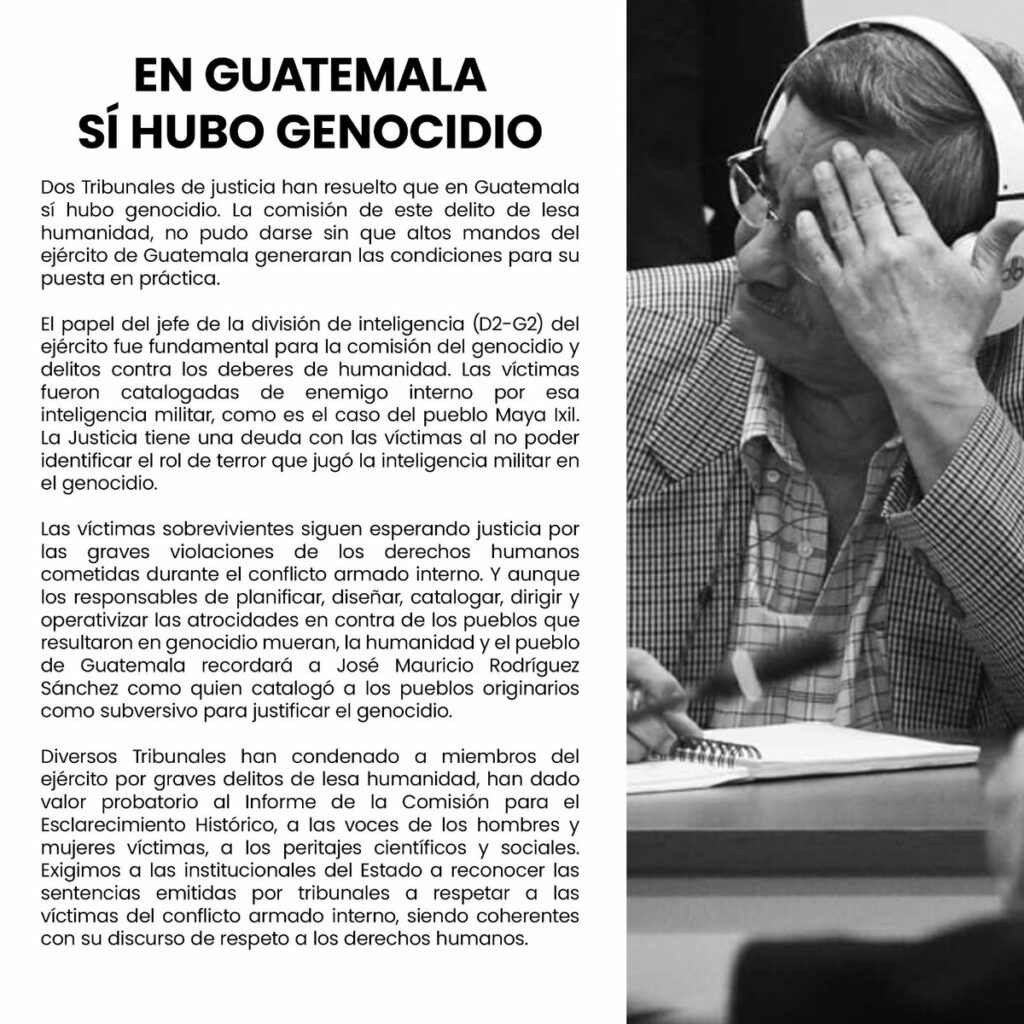
📸 Image of the statement from CALDH’s Twitter (https://x.com/caldhgt/status/1852095278192513468). // Imagen del comunicado del Twitter de CALDH (https://x.com/caldhgt/status/1852095278192513468)
Español:
Publicado el 31 de octubre de 2024 por CALDH (Centro para la Acción Legal en Derechos Humanos)
EN GUATEMALA SÍ HUBO GENOCIDIO
Dos Tribunales de justicia han resuelto que en Guatemala sí hubo genocidio. La comisión de este delito de lesa humanidad, no pudo darse sin que altos mandos del ejército de Guatemala generaran las condiciones para su puesta en práctica.
El papel del jefe de la división de inteligencia (D2-G2) del ejército fue fundamental para la comisión del genocidio y delitos contra los deberes de humanidad. Las víctimas fueron catalogadas de enemigo interno por esa inteligencia militar, como es el caso del pueblo Maya Ixil. La Justicia tiene una deuda con las víctimas al no poder identificar el rol de terror que jugó la inteligencia militar en el genocidio.
Las víctimas sobrevivientes siguen esperando justicia por las graves violaciones de los derechos humanos cometidas durante el conflicto armado interno. Y aunque los responsables de planificar, diseñar, catalogar, dirigir y operativizar las atrocidades en contra de los pueblos que resultaron en genocidio mueran, la humanidad.
Diversos Tribunales han condenado a miembros del ejército por graves delitos de lesa humanidad, han dado valor probatorio al Informe de la Comisión para el Esclarecimiento Histórico, a las voces de los hombres y mujeres víctimas, a los peritajes científicos y sociales. Exigimos a las institucionales del Estado a reconocer las sentencias emitidas por tribunales a respetar a las víctimas del conflicto armado interno, siendo coherentes con su discurso de respeto a los derechos humanos.

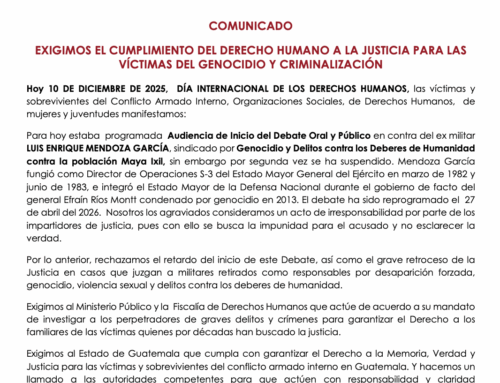
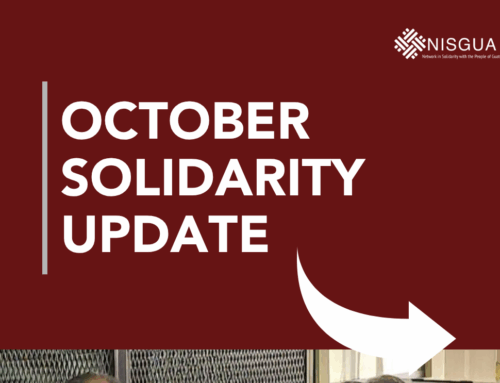
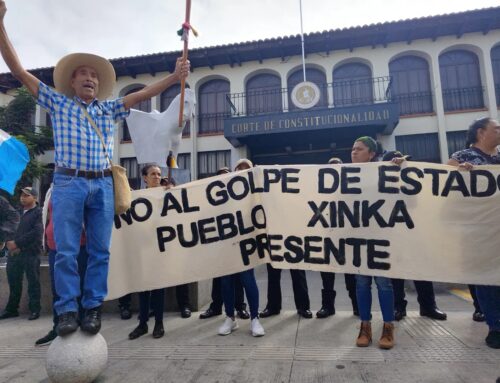
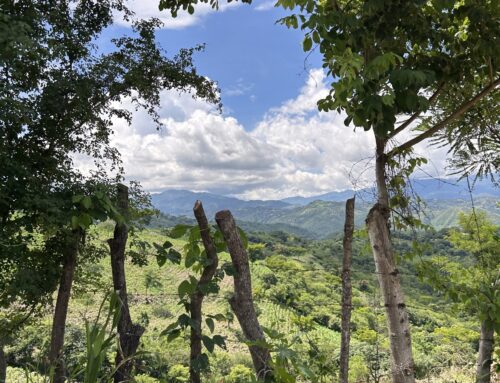
Leave A Comment